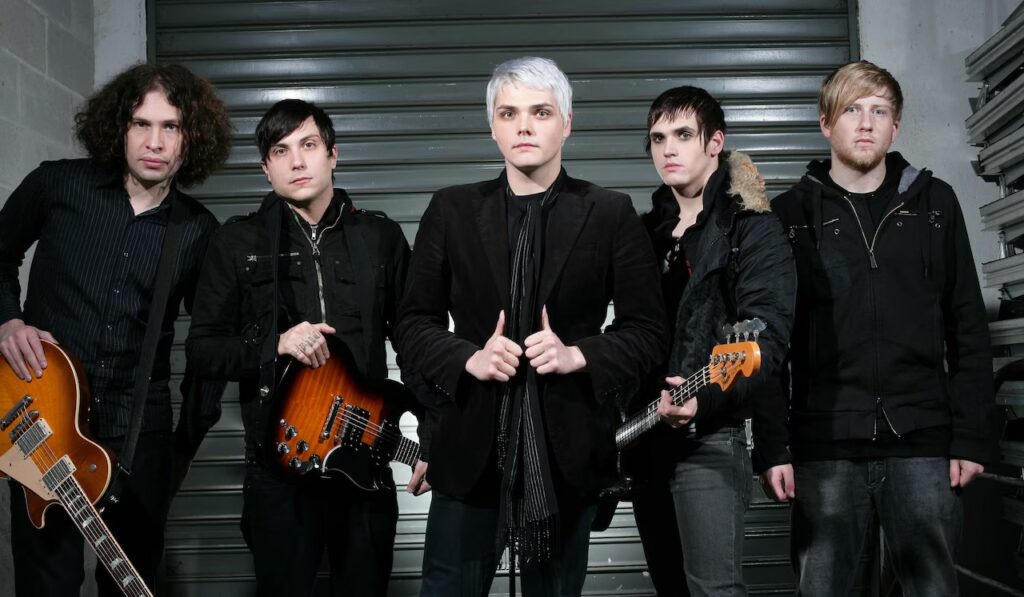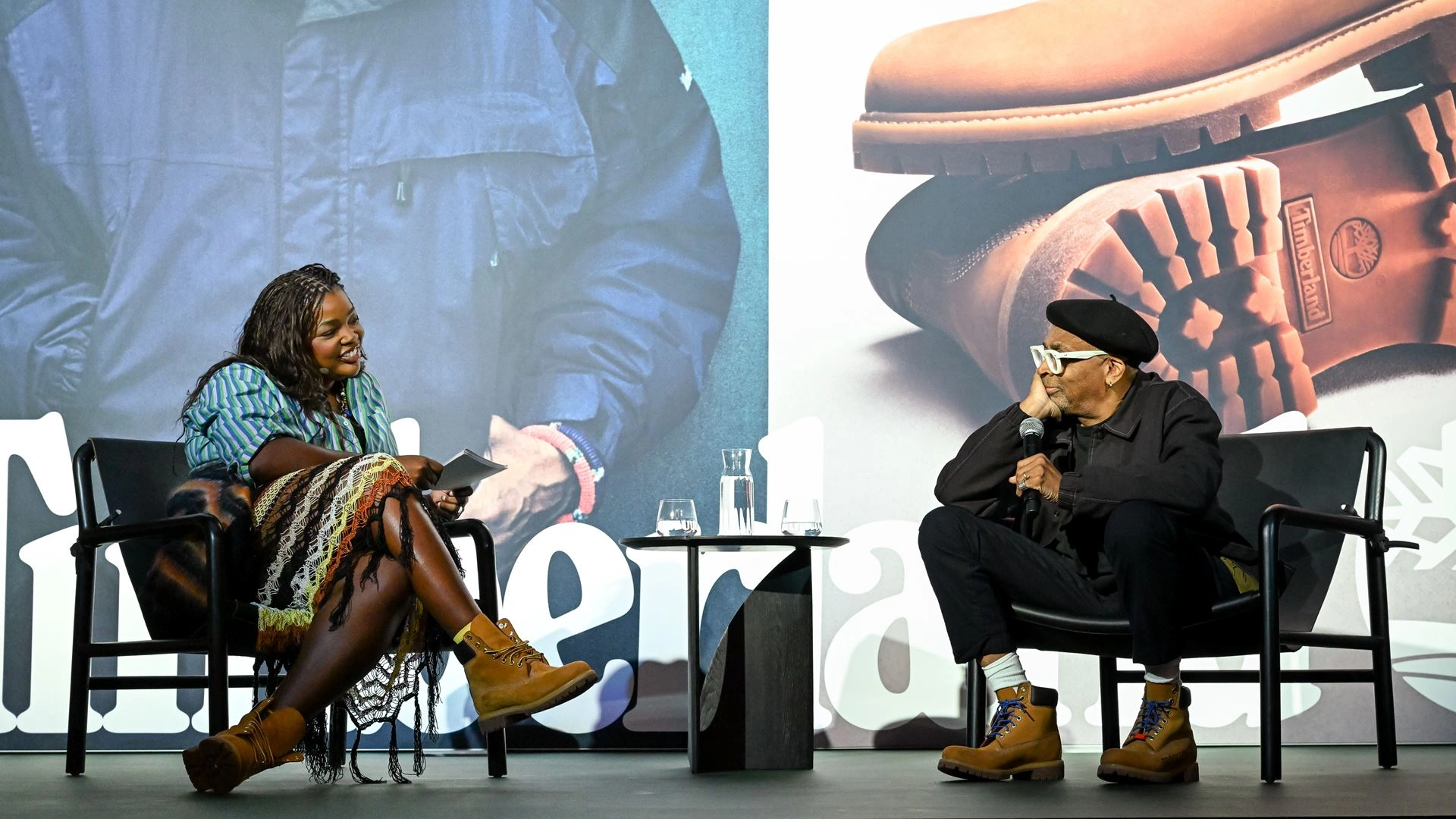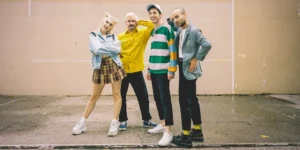My Chemical Romance (often abbreviated as MCR) is a name that resonates deeply with fans of emo, punk, and alternative rock. Known for their theatrical flair, raw emotional lyrics, and powerful live performances, the band has cemented its place as one of the most influential acts of the 2000s.
The Origins of My Chemical Romance
My Chemical Romance was formed in 2001 in Newark, New Jersey, by Gerard Way (vocals), Mikey Way (bass), Ray Toro (lead guitar), and Matt Pelissier (drums). Frank Iero (rhythm guitar) later joined, completing the classic lineup.
The band’s creation was spurred by Gerard Way’s emotional response to the 9/11 attacks. Determined to express his feelings and make an impact, Gerard wrote the first MCR song, Skylines and Turnstiles, and gathered the group.
The band’s name was inspired by a book called Ecstasy: Three Tales of Chemical Romance by Irvine Welsh, reflecting their artistic and introspective nature.
Iconic Albums and Their Impact
I Brought You My Bullets, You Brought Me Your Love (2002)
MCR’s debut album, released under Eyeball Records, introduced their raw and unpolished sound. With tracks like Vampires Will Never Hurt You and Demolition Lovers, the album showcased themes of love, loss, and rebellion, laying the groundwork for their signature emo aesthetic.
Three Cheers for Sweet Revenge (2004)
This breakout album catapulted MCR into the mainstream. Known for its melodramatic and gothic themes, it features hits like Helena, I’m Not Okay (I Promise), and The Ghost of You. The album’s dark narrative about love and revenge solidified their identity as purveyors of emo and punk rock.
The Black Parade (2006)
Arguably MCR’s magnum opus, The Black Parade is a concept album following the journey of “The Patient,” a character navigating life, death, and the afterlife.
With iconic tracks like Welcome to the Black Parade, Famous Last Words, and Cancer, the album became a cultural phenomenon. Its theatrical production, blending rock and operatic elements, earned comparisons to Queen and cemented MCR as pioneers of the emo movement.
Danger Days: The True Lives of the Fabulous Killjoys (2010)
MCR’s fourth album marked a departure from their gothic roots, embracing a colorful, dystopian sci-fi aesthetic. Songs like Na Na Na (Na Na Na Na Na Na Na Na Na) and Sing showcased a more upbeat, rebellious energy, proving their versatility and ability to evolve creatively.
Breakup and Reunion
In 2013, My Chemical Romance announced their disbandment, devastating fans worldwide. However, their music remained influential, with many artists citing MCR as a key inspiration.
In 2019, the band reunited for a series of highly anticipated live shows, reigniting their fanbase and introducing their music to a new generation. Their comeback sparked conversations about the enduring power of emo and the cultural significance of their work.
Impression
My Chemical Romance played a pivotal role in shaping the emo subculture of the 2000s. With their dramatic visuals, emotionally charged lyrics, and commitment to authenticity, they resonated with fans seeking solace and connection.
Fashion and Aesthetic
From Gerard Way’s iconic red tie and black suit in Three Cheers for Sweet Revenge to the militaristic attire of The Black Parade, MCR’s style influenced an entire generation of fans. Their visuals were as much a part of their identity as their music.
Emotional Resonance
MCR’s music tackled themes of mental health, grief, and resilience, creating a safe space for fans to confront their struggles. Songs like Famous Last Words and I’m Not Okay (I Promise) became anthems for those navigating life’s challenges.
Influence on Modern Music
Many contemporary artists, from Twenty One Pilots to Billie Eilish, have cited My Chemical Romance as a major influence. Their blend of theatricality and emotional depth continues to inspire musicians across genres.
Since their reunion, MCR has been performing live and reconnecting with their fanbase. In 2022, they released their first new track in years, The Foundations of Decay, hinting at potential future projects.
Fans eagerly await more music, but for now, the band’s legacy remains a testament to their impression on music, culture, and countless lives.
My Chemical Romance is more than a band; they’re a cultural movement. From their early days in New Jersey to their global success, they’ve touched hearts and shaped minds through their art. As we look back on their journey and forward to their future, one thing is clear: My Chemical Romance will always remain a beacon for those who find solace in their music and community.
Whether you’re a long-time fan or just discovering their work, MCR’s message remains the same—“Keep yourself alive.”
No comments yet.








